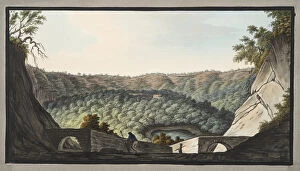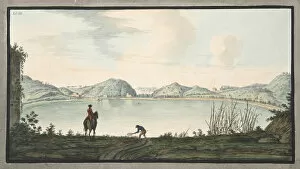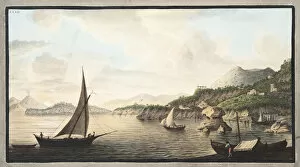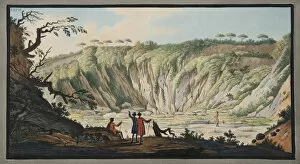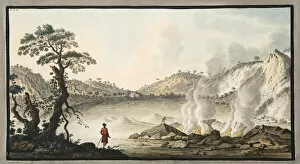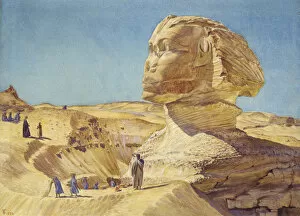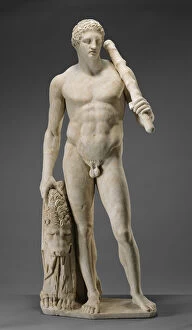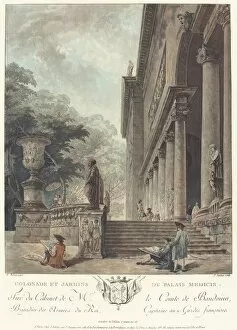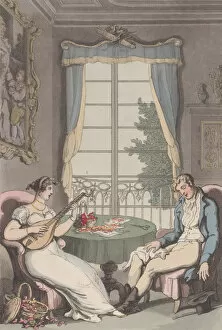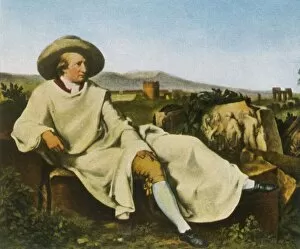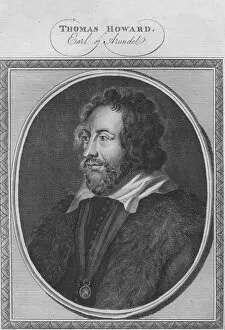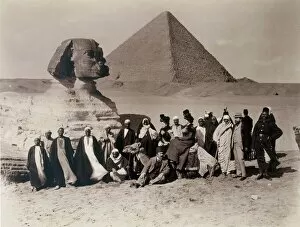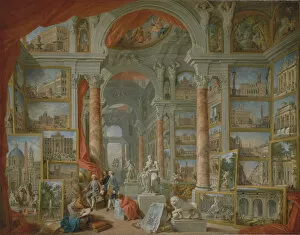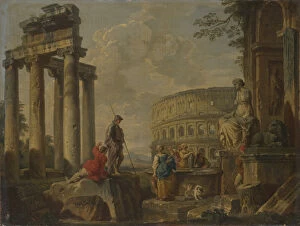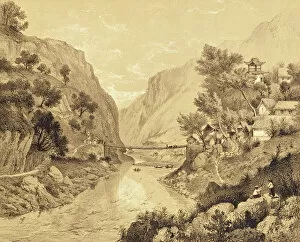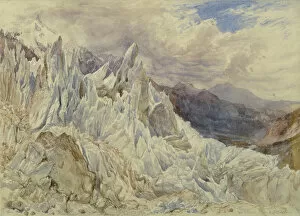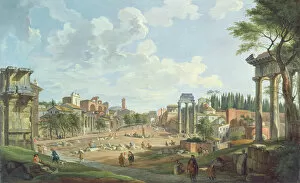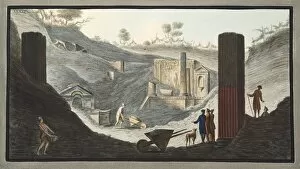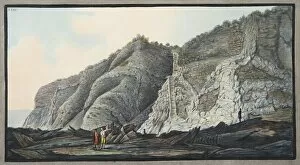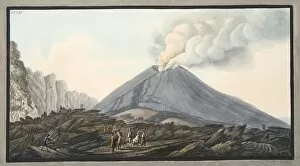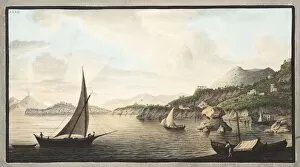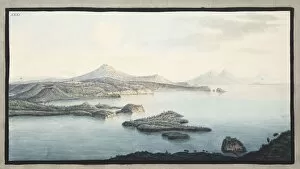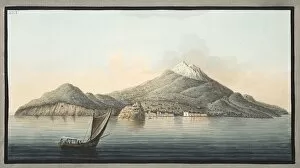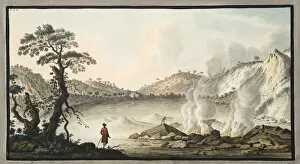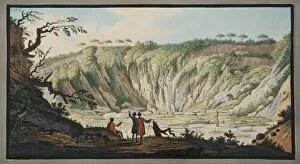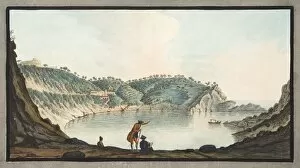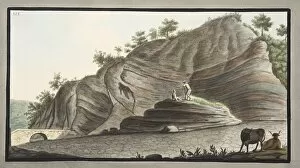Grand Tour Collection (#8)
"Embarking on a Grand Tour: Exploring the Treasures of Europe and Beyond" Step into the world of 18th-century travelers as they embarked on their grand tours
For sale as Licensed Images
Choose your image, Select your licence and Download the media
"Embarking on a Grand Tour: Exploring the Treasures of Europe and Beyond" Step into the world of 18th-century travelers as they embarked on their grand tours, seeking knowledge, culture, and adventure. A Capriccio of the Roman Forum, painted in 1741 by an unknown artist, captures the essence of this journey - a vibrant collage of ancient ruins that ignited curiosity and imagination. General William Gordon of Fyvie stands proudly in his portrait from 1766. This Scottish military leader epitomizes the noble gentlemen who undertook these voyages to broaden their horizons. His gaze hints at the anticipation felt before setting foot on foreign lands. Monsieur Fabris' photograph from 1776 transports us to Stromboli's island, where fiery eruptions mesmerized tourists. The view extends further to Mount Etna in Catania, showcasing nature's raw power alongside human fascination with its beauty. Reverend Samuel Manning takes us to Seville through his depiction of The Golden Tower. This Spanish landmark symbolizes both historical richness and architectural brilliance - a testament to Europe's diverse cultural heritage encountered during these journeys. Sir Gregory Page-Turner gazes confidently in his portrait from 1768; he represents those who sought not only intellectual enrichment but also social connections across borders. These encounters would shape diplomatic relations for years to come. The Temple of Philae beckons viewers with its majestic presence captured in an oil painting from 1868. As one explores this Egyptian marvel along the Nile River, it becomes evident how ancient civilizations influenced European art and culture during this period. In The Antiquaries painting on panel, we witness scholars engrossed in studying artifacts collected during their travels - evidence that these grand tours were not just leisurely pursuits but also scholarly endeavors contributing to our understanding of history today.


